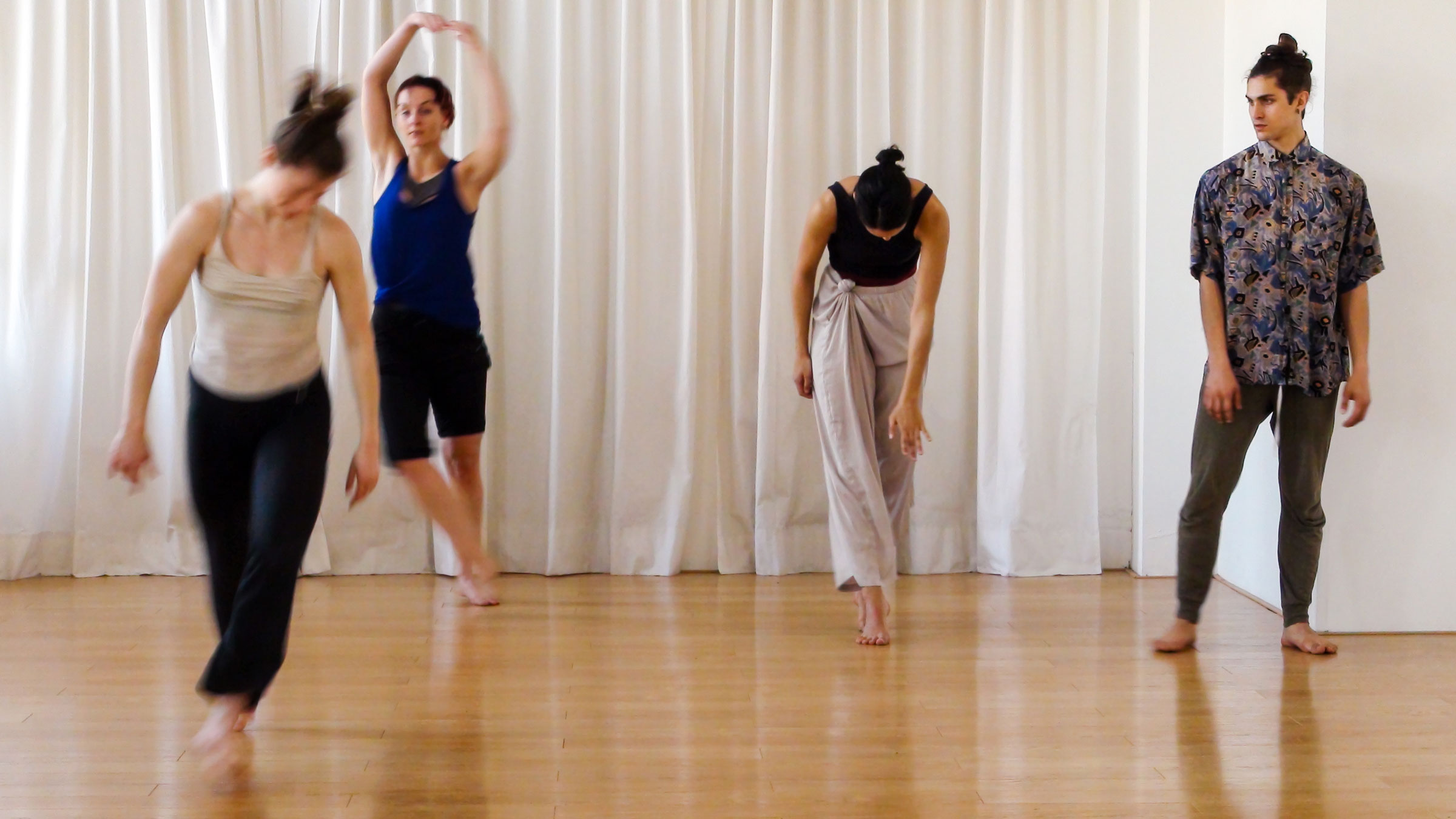Overview
Choreographic Research and New Dramaturgy with the Tango as a Locus.
Primarily, it revolves around the dancer’s physicality, revising and reworking the dance technique from the perspective of tango culture in all its forms and towards the specifications of tango music. The first task is to tackle the movement language. From biomechanics to movement labs, tango nuclei and musicality. To assemble dance movement language and dramaturgical alignment to approach improvisation.
Gabriela Zuarez leads the practice in collaboration with the other participant dancers of the ensemble and the aim is to facilitate the discovery of a new corporeality of the dancers.
Essentially, the residency program day is divided into three parts.
Training laboratory focused on hybridizing the language of dance movement, which includes floor work, spirals, turns, weight changes, suspensions and choreographic keynotes.
Tango technique practice for exploring and partner work. The technique will be individual and in duets, including coordination, weight shifts, dynamics, contra tempo, and movement dynamics will be looked at.
Rhythmic and musical phrasing according to the three specific Argentinean tango rhythms: Marcato in 4 and 2, Síncopas, 3-3-2 or Piazzolla key; Milonga and Candombe patterns: improvisations, colours, and textures, for a dance performance, and the exploration to build dance scores.
Depending on the individual goals of the dance resident, the residency may also encompass modules from the Arsenal Repertory Choreographic Miniatures workshop-lab in November. As well, rehearsals at Podium Mozaiek in December might be included.
Questions? Contact us
Our dance editors are:
Dancing Opportunities (EN)
Dansmagazine (NL)
Au-di-tions
Dance & Education



